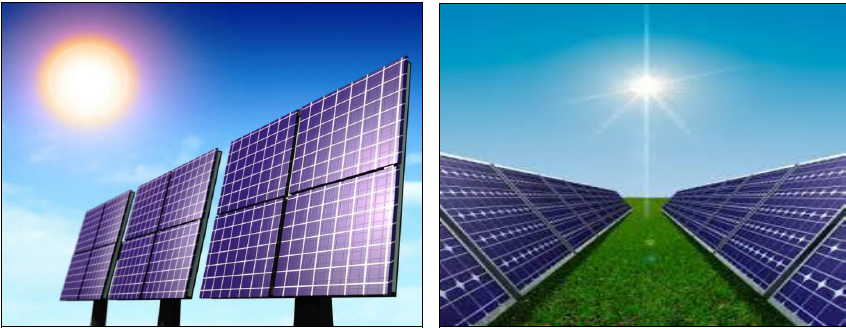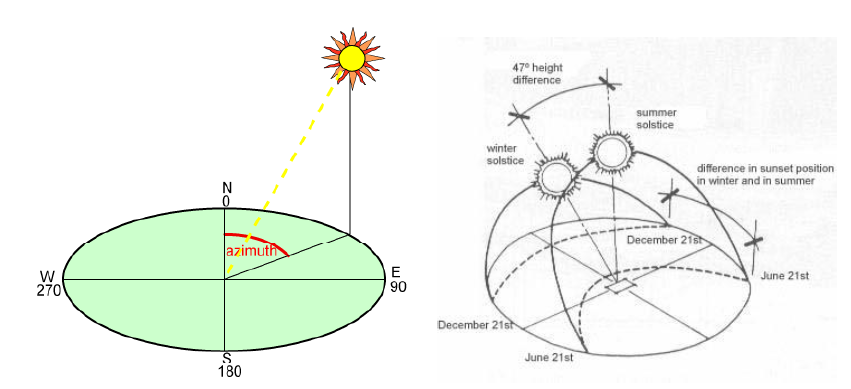Project Name : Solar Power Energy of Future
Theme Name : Mathematics Modelling

Objective: Our project aims to leverage the use of mathematics to provide low cost solar panels for meeting our energy requirements. The initial cost of laying the solar panels is high, because a typical household requires 5 kWh per year energy whereas a conventional set of the solar panel produces around 1 kWh per year, with the initial laying cost of around ` 4 lacs approx.
Mathematical Principles Involved: The mathematics is used everywhere in this project; costing, working time, total energy production, increase percent in energy production etc.
The speed of the rotating panel is equal to .000069 meter per second, which is so small that the axis on which it’s rotating will not feel the pressure, and the system will work without any problem.

Sun has a major impact on the amount of power received by a solar collector. When the sun’s rays are perpendicular to the absorbing surface, the power density on the surface is equal to the incident power density. However, as the angle between the sun and the absorbing surface changes, the intensity on the surface is reduced. When the module is parallel to the sun’s rays (and the angleto the module normal = 90°) the intensity of light essentially falls to zero. For intermediate angles, the relative power density is cos(θ) where θ is the angle between the sun’s rays and the module normal.

Material Used: For making our model, we have a preset in the integrated circuit, a skeletal wooden structure for depicting a typical building, few wires (for circuit), a transistor and a resistor, solar panels and bulbs (which glow to show that the circuit is complete). Light sensitive sensors are also placed on the cardboard beside the solar panel. Batteries are used.
Working:
We aim to make the solar panels rotate in the direction of the sun and move with the suns further movements. This will highly increase energy production per panel as it will be receiving the maximum solar radiation.
The movement of the solar panel will be ensured by the installation of solar light sensors. When they are installed they will move at the angle where they receive the maximum radiation and assure maximum consumption of solar energy. The angle of installation can be altered as per the location.
Utility: Our project has a
A simple model based on the working of a solar tracker.
Low setting up cost.
Less number of solar panels decrease the foundation cost.
DC motors are cheaply available and can be installed/integrated easily in the pre-existing setups.
Scope: This is an eco-friendly project, which is very helpful for the society. It has large scope in the society.
Wherever there is an installation of solar panel system, they just need to be upgraded or modifies into this model which will increase the energy output for the particular consuming unit.
Also our project is based on one axis rotation but with the further enhancement in field of Mathematics & Science, it can be made a two axis rotating model which would increase energy output and further decrease costing.
Name of the School: Delhi Public School, Sec.29, Sushant Lok, Gurgaon.
